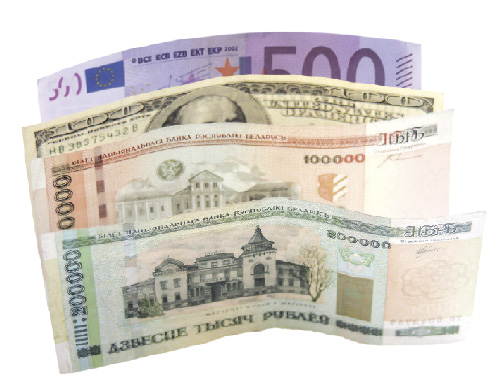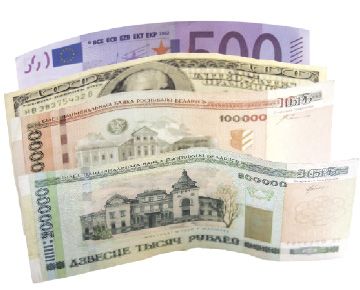
2015’s interest policy
The National Bank promises to be guided by an anti-inflation trend, ensuring that interest rates remain positive in real terms. In addition, Belarusian Rouble deposits are to remain more profitable than those held in foreign currency. The refinancing rate is to depend on progress in foreign trade and the foreign currency market, as well as the level of inflation. The National Bank promises to react promptly to any change in the economic or monetary-credit sphere and to cut interest rates once a positive trend is apparent. Further growth is possible if inflation exceeds the expected level.
Foreign currency purchase
The National Bank believes the population’s desire to hold funds in foreign currency lacks grounds, inspiring banks to sell Dollars and Euros within certain limits during the speculative phase. Banks are now increasing their proposals for foreign currency on the cash market; all issues will be lifted once banks are adapted to new mechanisms of exchange rate formation and positive trends are evident on currency and deposit markets. Meanwhile, recommendations to ensure a 2 percent margin in exchange rate formation will remain, in line with international practice.
Exchange rate formation
Since January 9th, a basket peg mechanism has been applied to the Belarusian Rouble: 30 percent for the Dollar and Euro, and 40 percent for the Russian Rouble. As a result, all foreign currency interventions aim only to level peak fluctuations in basket peg volumes, ensuring a positive balance for the National Bank’s medium-term purchase-and-sale operations. The exchange rate will react flexibly to any sharp change on national or foreign financial markets. However, if an adequate budgetary-tax and monetary-credit policy is held medium-term, pressure on the foreign currency market will be cut — resulting in the stabilisation of exchange rate expectations and reduced Rouble fluctuations.
Depending on various scenarios (oil price dynamics, the Russian Rouble exchange rate, or the business activity of Belarus’ major trading partners) the average basket peg against the Belarusian Rouble (taking into consideration all measures of macro-economic intervention) may rise by 3-7 percent by late 2015.
By Alexander Benkovsky











